- What Are Acne Scars?
- Types of Acne Scars
- Top Ways to Get Rid of Acne Scars
- Treating Raised Scars
- Natural Remedies for Acne Scars
- Prevention
Acne is stubborn and tough to get rid of, and you may feel victorious after you've finally managed to get your acne under control!
If you have acne, you aren't alone. It's the most common skin condition in the world affecting 85% of people ( 50 million people in America each year ).
About 15-20% of people with acne develop some kind of acne scarring.
You may notice the scarring left behind after the acne is gone. Acne scars can be tough to deal with, but don't worry, there are several options for treating acne scars with tips from board certified dermatologists Dr. Davin Lim practicing in Brisbane, Australia, and Dr. Abby Waldman practicing at Brigham and Women's Hospital in USA.
What Are Acne Scars?
Acne scars are the texture changes created from damage in collagen caused by the inflammation from acne. When acne occurs especially from larger cysts or pimples, the skin goes into a healing process and the healing process can go wrong leading to either not enough collagen being built ( causing an indented scar) , or too much ( causing a raised scar ).
Types Of Acne Scars
Acne scars can be broken down to atropic scarring which are pitted or depressed scars, and hypertrophic scarring which are raised scars. Most people get atrophic pitted scars.

The common types of acne scars are
- Rolling scars: Broad indented scars that have smooth sloped edges that may give skin a wavy appearance. Usually around the cheeks.
- Ice pick scars: deep and narrow and can look like tiny punctures which are more difficult to treat.
- Boxcar scars: shallow with a strong straight and defined edge and more common on the temple and cheeks.
- Hyperpigmentation or erythema: flat dark marks that are brownish or red marks left on the skin after acne. Not a true scar, but is an area of discoloration.
Out of the above acne scar types, hyperpigmentation is the one easiest to reduce because it doesn't damage the structure of the skin and is the mildest form of acne scars.
According to dermatologist Dr. Davin Lim, hyperpigmentation and erythema are grade 1 scars, which are flat scars that leave a dark or red mark. Grade 1 scars are easiest to treat.
Some hyperpigmentation can even fade on it's own but it may take years.
If you have keloid scars, it's best to see a professional to help treat keloids as many typical acne scarring treatments will be contraindicated to treating keloids.
Do Acne Scars Go Away On Their Own?
Atrophic indented Acne scars won't go away on their own. Once the collagen is gone, the skin needs treatments to boost collagen in that area. There are plenty of at home and in office options to treat acne scars and reduce their look significantly.
Top Ways To Get Rid of Acne Scars
Here are evidence backed ways to treat acne scars and the best treatment depends on the type of scars and what outcome you are going for.
Microneedling
Best for:
- rolling scars
- boxcar scars
- minor ice pick scars
- hyperpigmentation
Microneedling is a process using tiny thin micro needles to prick the skin and create micro injuries. "Microneedling creates tiny holes in the skin to turn on the mechanisms in the skin to make new skin cells, turn over old cells, stimulates collagen and that helps with acne scars" explains Dr. Abby Waldman, a board certified dermatologist.
Microneedling uses very fine needles to prick the skin to create a controlled injury. Microneedling is one of the most effective at home methods to help with indented acne scarring.
The great thing about microneedling is that:
- It less invasive and lower cost compared to laser acne scars treatments
- The results are long lasting
- It boosts absorption of scar-fighting ingredients like topical Vitamin C when applied after microneedling
Microneedling at home works well for minor indented or pitted acne scars as well as hyperpigmentation.
For an at-home microneedling treatment, use shorter needle sizes at 0.5mm and pick a stamp design tool versus a roller so it creates the least amount of skin trauma.
In office microneedling can be done with deeper needles up to 2.0mm for more severe scarring that doesn't respond to home treatments. Just make sure you go to a reputable clinic.
How effective is it? Studies show that in 120 patients, all the patients saw at least a 50% improvement in their scars after 2-3 microneedling sessions.
Recommended tool: Banisher 3.0 at home microneedling kit that comes with 2 0.5mm heads
Alpha Hydroxy Acids
Best for:
- hyperpigmentation
- discoloration
Alpha hyroxy acids like glycolic, lactic, and mandelic acid are chemical exfoliants that can reduce dark spots and improve uneven skin texture.
Glycolic acid is one of the most effective AHAs and a very popular ingredient for fading acne scars. Glycolic Acid can also get rid of hyperpigmentation, acne, and discoloration.
Glycolic acid is a naturally occurring substance which can be found in chemical peels and it is an ingredient in exfoliating skincare products that most people can tolerate.
According to a review, using glycolic acid peels in a 30-70% concentration can improve acne scarring and help with acne breakouts. Peels over a 20% concentration should be done in a reputable practioner's office.
Recommended product: Pumpkin Enzyme Masque.
A face mask that combines glycolic acid with pumpkin enzymes to exfoliate and brighten acne scars
Vitamin C
Type of scars
- hyperpigmentation
- dark spots
- minor texture
Vitamin C is one good source when it comes to getting rid of acne scars for its wound healing, collagen production, and brightening properties.
Dermatologist Dr. Emma of House Of Medics shares that “vitamin c helps combat the visible signs of aging like fine lines and wrinkles, and most exciting for me it helps combat dark spots.”
Vitamin C is great for treating acne scars as it is responsible for our skin’s elasticity, collagen synthesis, and it prevents excess melanin production.
Try to look for vitamin c in the form of L-ascorbic acid, or ascorbic acid. That's the best form for discoloration and collagen promoting properties. It's also the most researched backed form of vitamin c, but the downside is that it can oxidize quickly. Recommended product: Banish Vitamin C Serum.
Retinoids
Best for:
- hyperpigmentation
- minor textured scars
Retinoids such as retinol, adapalene, tretinoin, or Vitamin A products have been considered a go-to ingredient for both acne scars and acne.
Retinols promote cell turnover or shedding of dead skin cells and encourage the development of collagen which can help with minor textured acne scars.
Retinol is not as strong as prescription-strength retinoids so retinol or derivatives of it are what you find in drugstore skincare products.
A word of warning is that retinoids and its derivatives may cause purging for the first couple of weeks and they can cause irritation to the skin so best to start off slow and use a moisturizer.
Niacinamide
Best for:
- Dark spots
- hyperpigmentation
- Not effective for textured scars
Also known as nicotinamide, niacinamide is a form of Vitamin B-3 which is an essential nutrient when it comes to treating acne scars. Niacinamide works by lightening dark marks, reducing inflammation, improving the skin lipid barrier, and improving tissue regeneration.
While niacinamide may help with dark marks and evening out skin tone, it may not help with smoothing out textured or deep acne scars.
Niacinimide is commonly found in many skincare products, even if the products are not directly targeted for acne scarring.
Niacinamide is found in products usually in concentrations of 2%-10% and after 4-6 months of use visible fading of dark spots can be seen.
In Office Treatments
Subscision
Best for:
- boxcar scars
- rolling scars
Subscision is a type of surgery where your doctor will break down the fibers adhering the acne scar down to the deeper layers of skin which is causing the pitted acne scar.
This type of treatment will require an in person assessment by a dermatologist to check if your scars are tethered down and if it would benefit you.
Subscision can be highly effective for tethered acne scars and is combined with other treatments like filler or microneedling for better results. In a study of microneedling combined with subscision, over 95% of patients saw an improvement of at least one grade for their acne scars and 18% saw a 75%-100% improvement.
Fillers
Best For:
- small amount of boxcar or rolling acne scars
Fillers are a type of injection that go under the skin to fill in acne scars. They're best suited for a small number of indented acne scars.
Fillers are made of different materials like hyaluronic acid or juvederm and there are collagen stimulators like bellafill.
Only go to a certified practitioner to get fillers done. When done well, fillers can smooth out the appearance of acne scars and give almost instant results.
Depending on the filler, you may need injections every 3 to 18 months depending on the result you want to maintain. Most fillers are temporary when being used for acne scars and would require follow up visits to touch up.
Chemical Peels
Type of scars it treats:
- Ice pick
- boxcar
Your dermatologist may recommend deeper chemical peels that contain acids with higher concentrations to address moderate scars.
These peels work in the same way as the kinds you use at home to dissolve the uppermost layers of skin, only that they penetrate the skin on a much deeper level.
Deeper peels such as TCA CROSS offered by professionals improve moderate to severe acne scars with the proper aftercare.
Any deep peels or peels with a high concentration should only be done with a skilled professional because there are a lot of risks and side effects that need to be managed. It's also important to pick a provider that is reputable and trained to handle your skin type and tone.
Deeper chemical peels may not be the best option for those with darker skin tones since hyperpigmentation can be an unwanted side effect.
You can also use skincare products at home that are made with more gentle acids or lower concentration of exfoliating acids for light acne scarring and discoloration.
Look for ingredients like:
- glycolic acid
- lactic acid
- mandelic acid
- salicylic acid
Radiofrequency
This a procedure that uses radiofrequency waves that heat up the skin and stimulates the skin to produce more collagen and could reduce acne scars over time.
Radiofrequency may also be combined with microneedling in some cases and it may also feel hot or warm.
PRP Microneedling
PRP microneedling is a procedure in the office with a device that injects your own plasma into your skin for the healing properties to heal acne scars. Plasm Its a combination treatment of PRP which stands for plasma rich platelets and microneedling.
Plasma Rich Platelets contain growth factors that can help renew the skin.
Laser Treatments
Type of scars:
- ice pick
- boxcar
- rolling
- dark spots
Most laser treatments work by sending pulses of light that create heat energy to damage the top layer of skin. These lasers can induce the wound healing response, so that new skin and collagen can form in its place.
Certain types of ablative laser such as co2 laser may not be suitable for darker skin tones as they could increase the risk of hyperpigmentation since darker skin tones contain more melanin.
There are different intensity and types of lasers available, so discuss with a dermatologist that works with your skin tone to see what treatment plan would for if you go the laser route.
Studies show that patients saw a 60%-70% improvement in acne scars after going through a series of CO2 laser.
It usually takes 2-4 laser sessions with a few weeks break in between to see the best results.
Dermabrasion
This acne scar treatment uses a device that physically takes off the upper level of skin to treat acne scars. It may not be very effective for indented acne scars, but can help lighten hyperpigmentation.
Treating Raised Scars
Raised scars are caused by an overgrowth of collagen, while indented scars are from lack of collagen. Do not try microneedling or lasers for raised scars as those treatments could worsen them.
Some treatments for raised scars include:
Steroid Shots
This can be done in clinic by trained professionals. Corticosteroids are injected into the skin to slow down the skin's healing system and stop the production of collagen. Usually the shots are given multiple times every 4-6 weeks. This can flatten raised scars over time.
Side effects can include skin thinning and hypopigmentation which is loss of pigment especially if you have a darker skin tone.
Silicon Sheet Gels
This treatment can be done at home too by purchasing silicone sheets over the counter. Silicone sheets add a layer of protection and hydration over the scars and reduces inflammation to minimize collagen product to help reduce the scar over time.
Silicone sheets have to be worn for a minimum of 12+ hours day for at least 2-3 months to be effective.
Silicone sheets have practically no side effects though and works best for scars that are less than a year old.
In severe cases, surgical removal of keloid scars are an option too.
Prevention of Acne Scars
Treating acne scars can take a lot of time and money so prevention is important. Here is a list of ways to prevent acne cars
One of the most important things is having early and aggressive treatment of acne. A clinical trial found using a prescription adapalene 0.3% / benzoyl peroxide 2.5% gel on acne for 24 weeks reduced new atrophic scars by 15.5%. Patients on a placebo saw their scar count increase by 14.4%
- Treat acne early
- Don't pick at your acne or skin
- Use sunscreen daily
- Incorporate Anti-Inflammatories
- Centalla / Gotu Kola
- MSM
- Green Tea Extract
- Chamomile
- Zinc
- Use Non-comedogenic skincare
- Use collagen boosting ingredients
- Vitamin C ( L-ascorbic acid)
- Peptides
- Retinol
Remember, You’re still beautiful with or without acne scars. It's normal to get some scars from acne and a lot of people have them. But if they really bother you, these treatments above can help or trying some of the home options can be a more affordable way to go.
If you are still struggling with acne scars or need extra guidance, you can contact your local dermatologist or book a teledermatology call with licensed dermatologist Dr. Anna Chacon if you are located in the U.S.

References:
1. Singh S, Gupta A, Gupta B. Scar free healing mediated by the release of aloe vera and manuka honey from dextran bionanocomposite wound dressings. Int J Biol Macromol. 2018 Dec;120(Pt B):1581-1590. doi: 10.1016/j.ijbiomac.2018.09.124. Epub 2018 Sep 21. PMID: 30248422.
2.Erbağci Z, Akçali C. Biweekly serial glycolic acid peels vs. long-term daily use of topical low-strength glycolic acid in the treatment of atrophic acne scars. Int J Dermatol. 2000 Oct;39(10):789-94. doi: 10.1046/j.1365-4362.2000.00076.x. PMID: 11095203.
3. Choi S, Lee SK, Kim JE, Chung MH, Park YI. Aloesin inhibits hyperpigmentation induced by UV radiation. Clin Exp Dermatol. 2002 Sep;27(6):513-5. doi: 10.1046/j.1365-2230.2002.01120.x. PMID: 12372097.
4. Telang PS. Vitamin C in dermatology. Indian Dermatol Online J. 2013 Apr;4(2):143-6. doi: 10.4103/2229-5178.110593. PMID: 23741676; PMCID: PMC3673383.
5. Valerón-Almazán, P. , Gómez-Duaso, A. , Santana-Molina, N. , García-Bello, M. and Carretero, G. (2015) Evolution of Post-Surgical Scars Treated with Pure Rosehip Seed Oil. Journal of Cosmetics, Dermatological Sciences and Applications, 5, 161-167. doi: 10.4236/jcdsa.2015.52019.
6. Abdul Kader Mohiuddin. Acne Vulgaris: Measures and Miseries. Pharma Sci Analytical Res J 2019, 2(2): 180019.
7. Măgerușan, Ș.E.; Hancu, G.; Rusu, A. Current Understanding of Microneedling Procedures for Acne Skin: A Narrative Review. Cosmetics 2024, 11, 193. https://doi.org/10.3390/cosmetics11060193
8. Mohiuddin Ak (2019) A Comprehensive Review of Acne Vulgaris. J Clin Pharm Vol: 1, Issu: 1 (17-45)

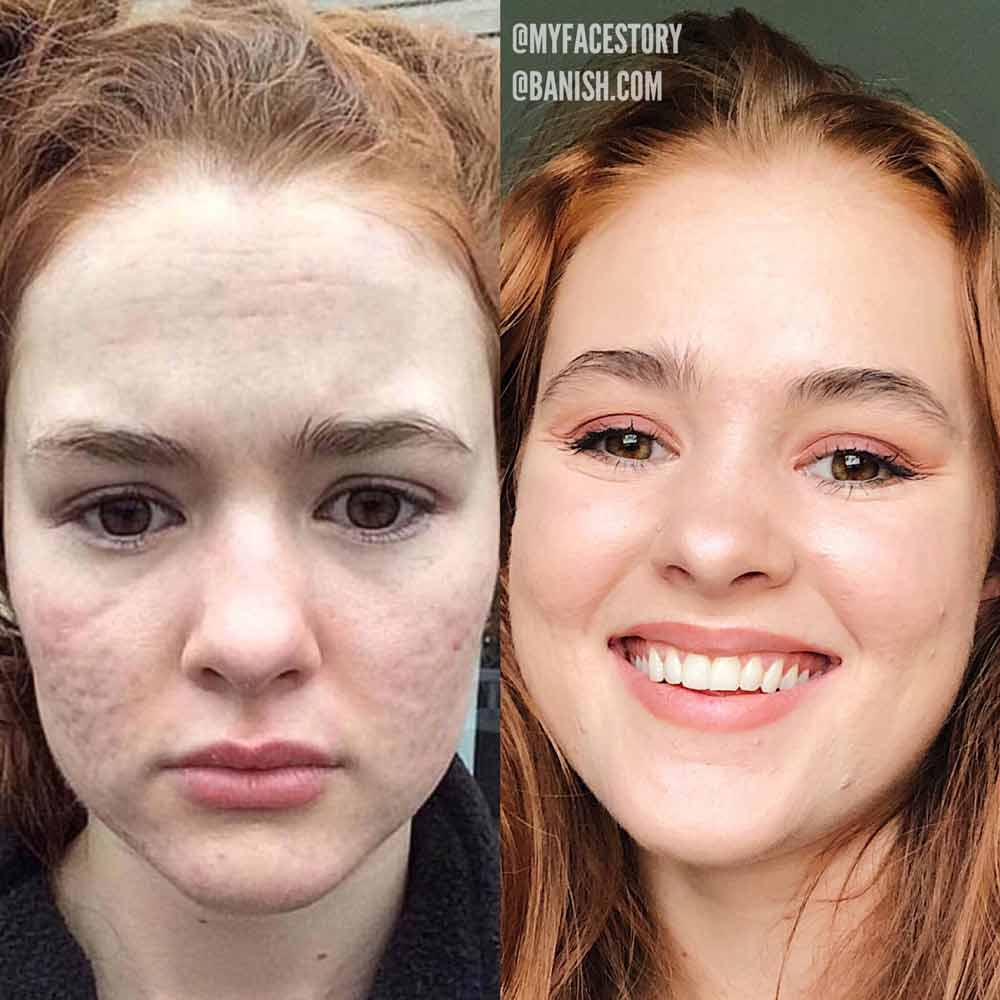


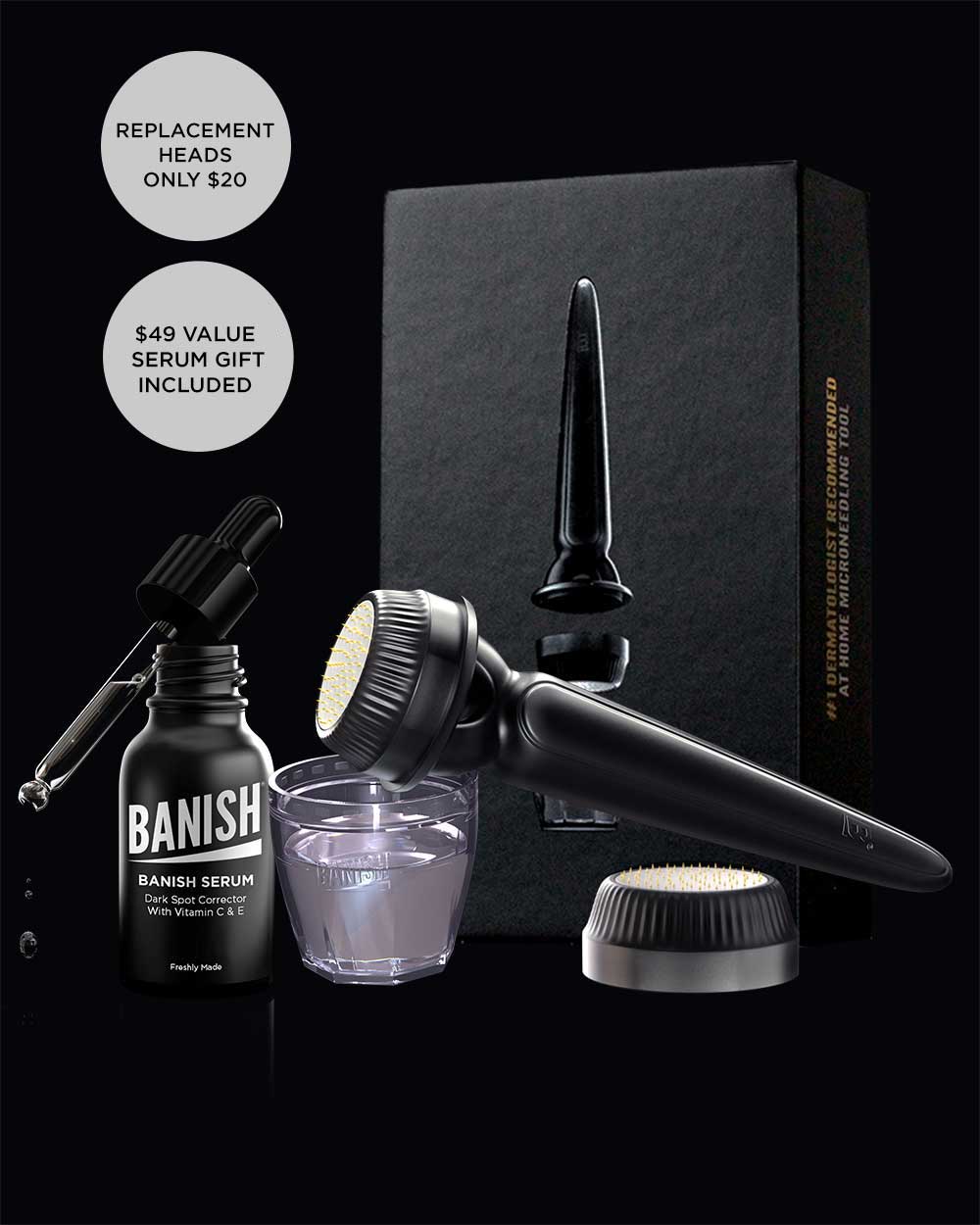
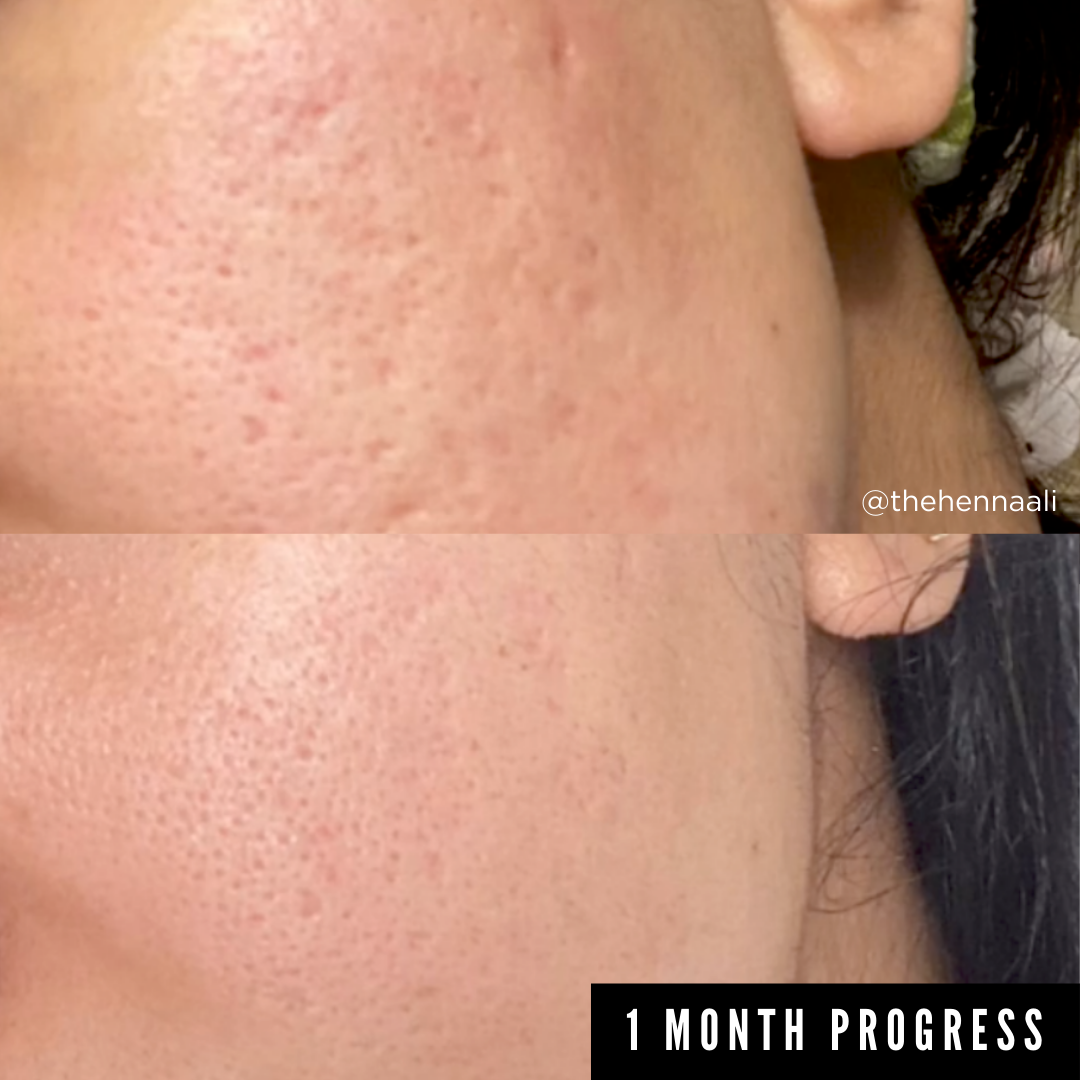

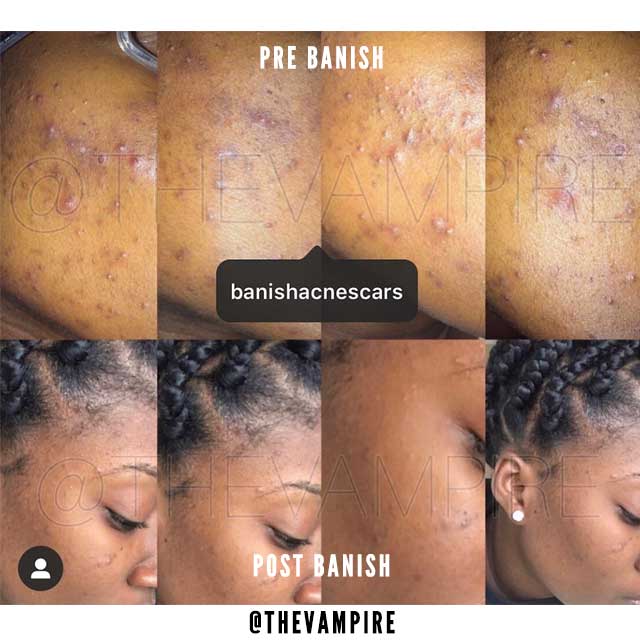
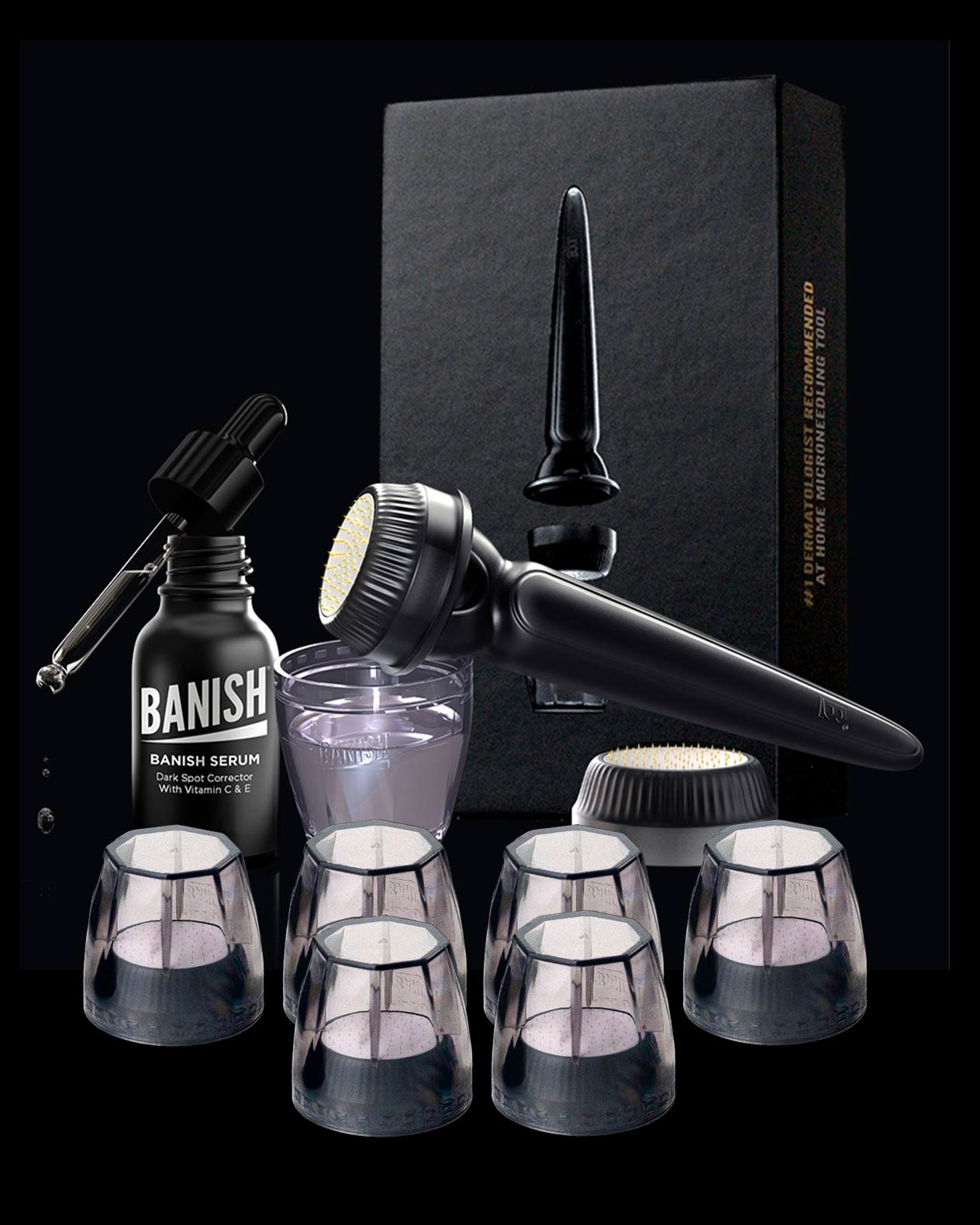
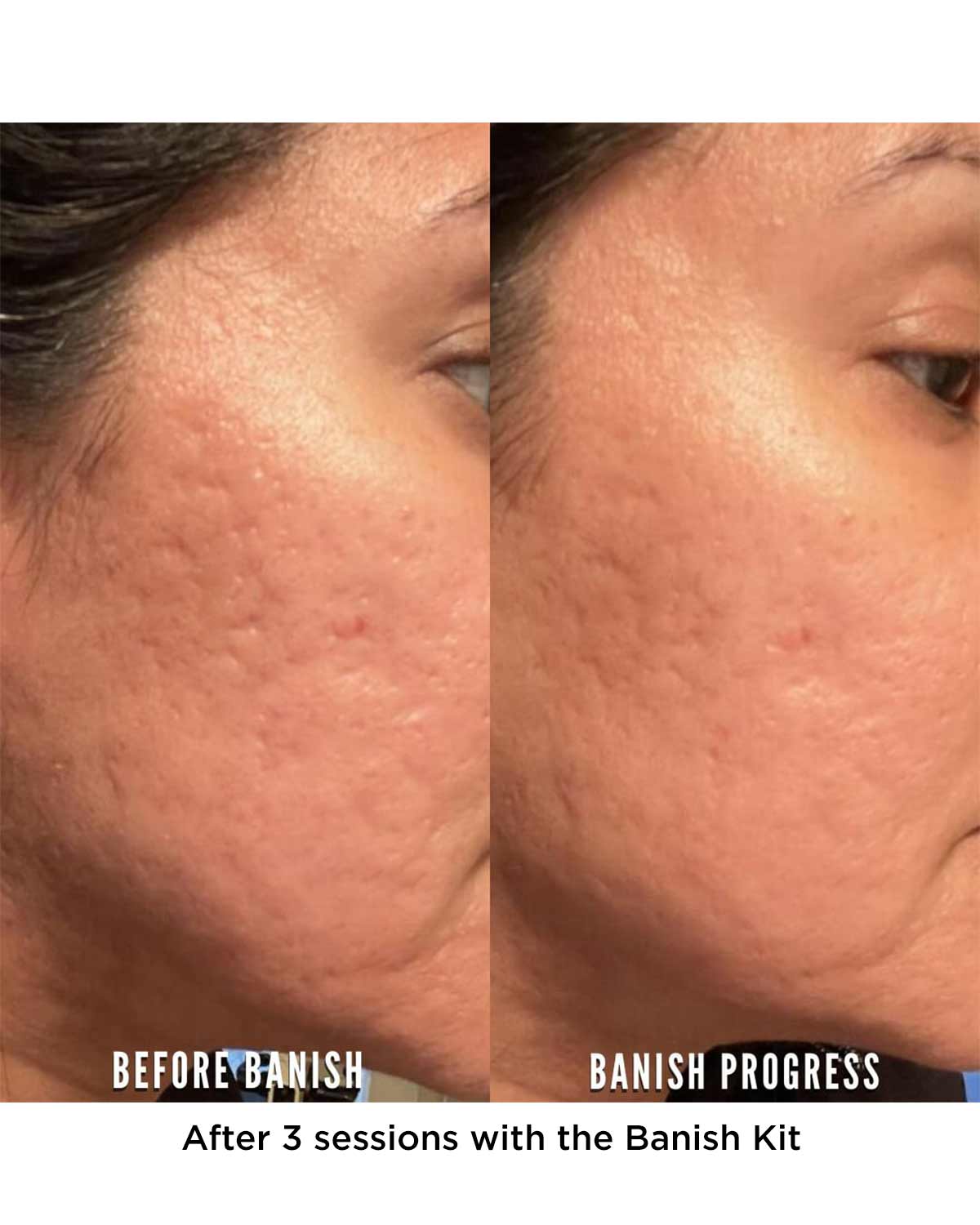
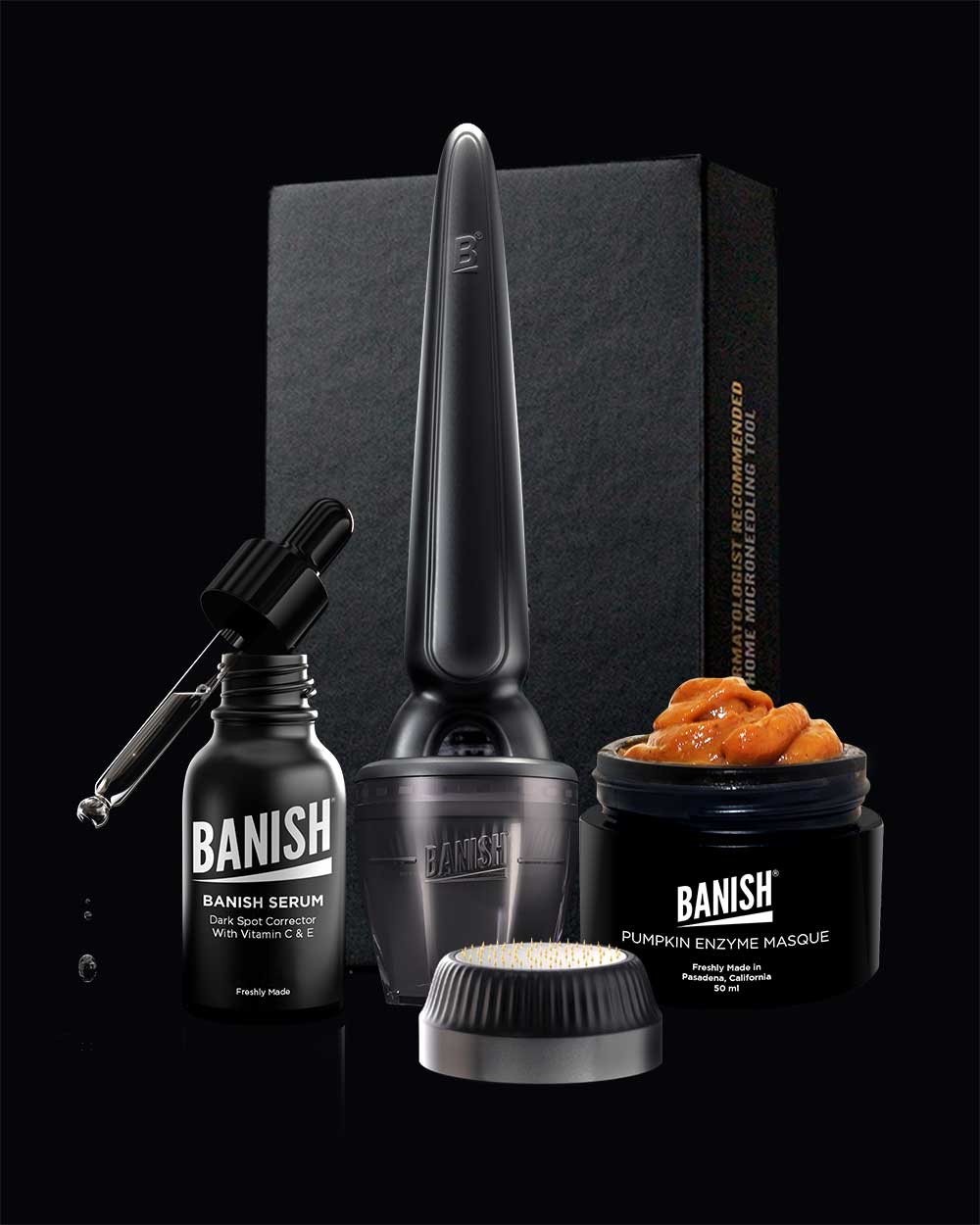
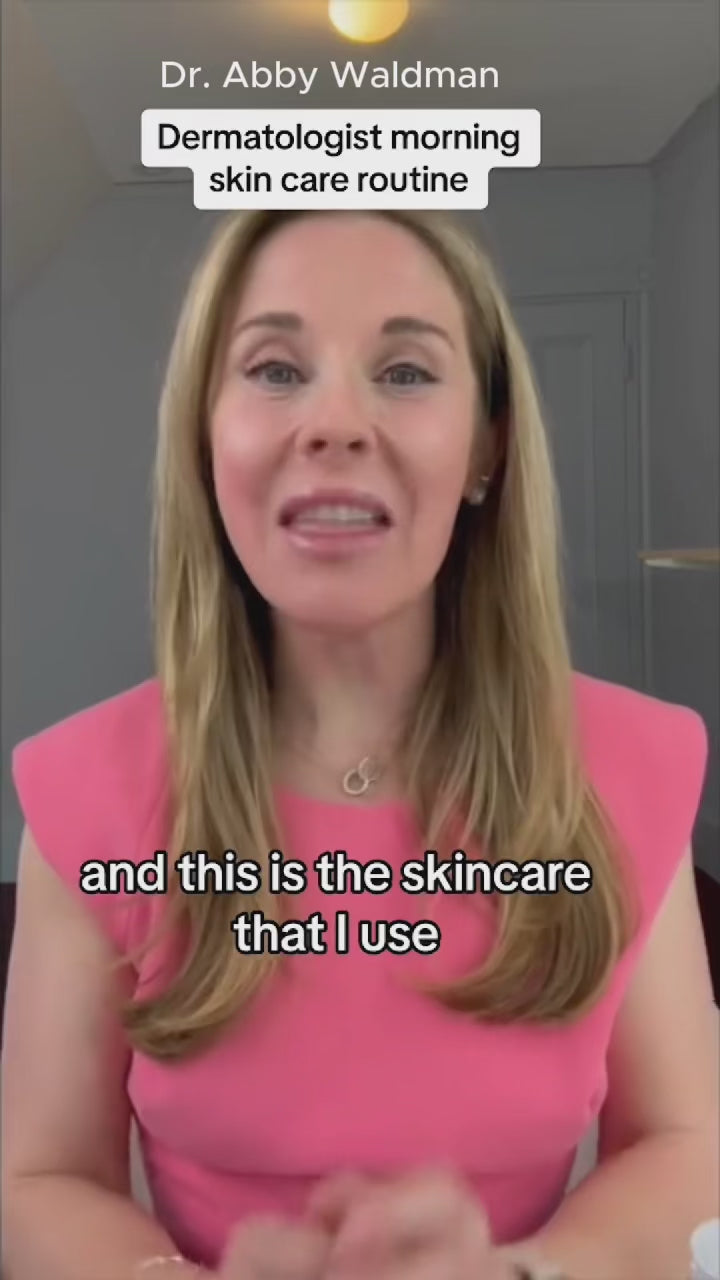
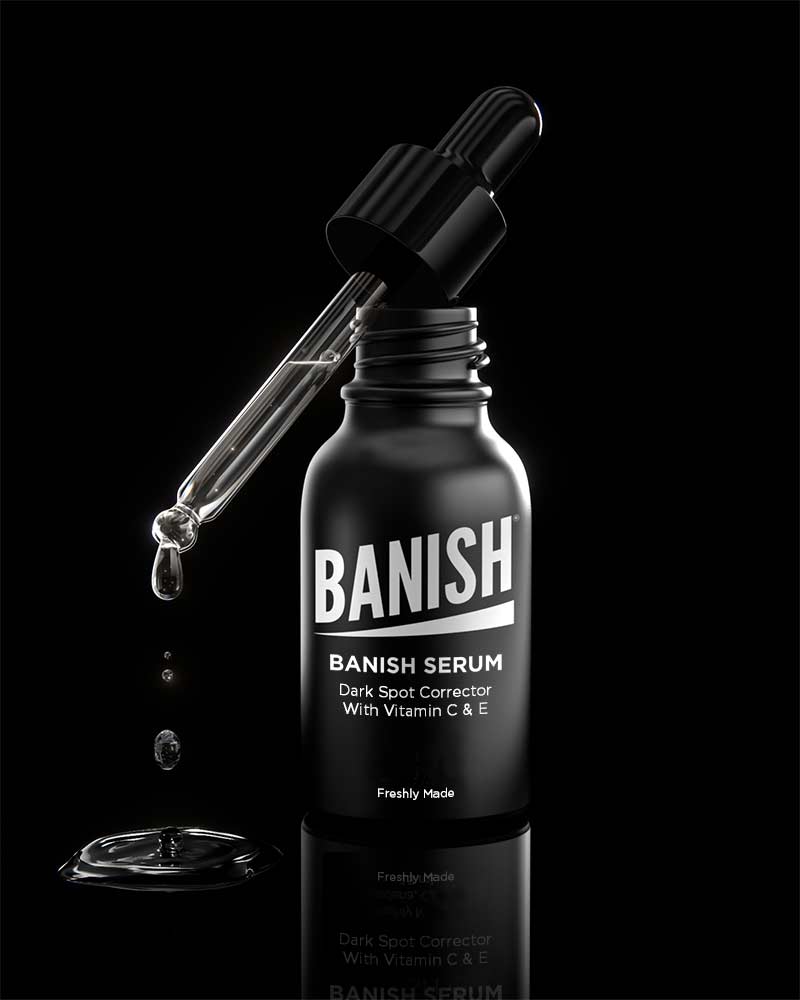

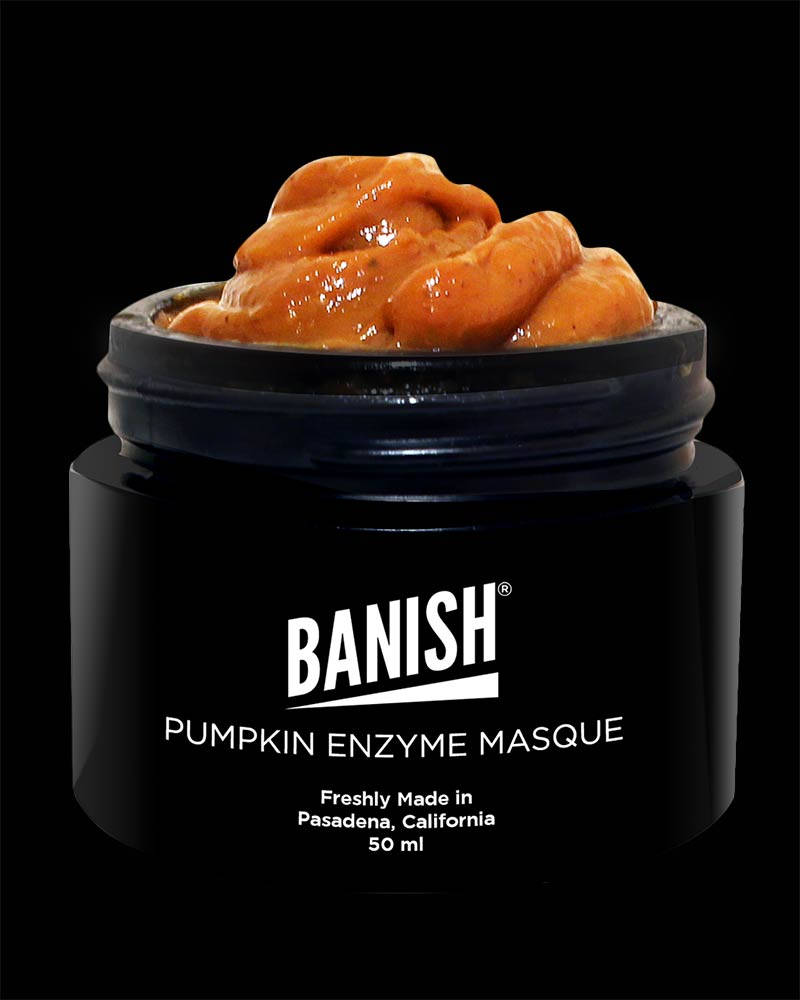


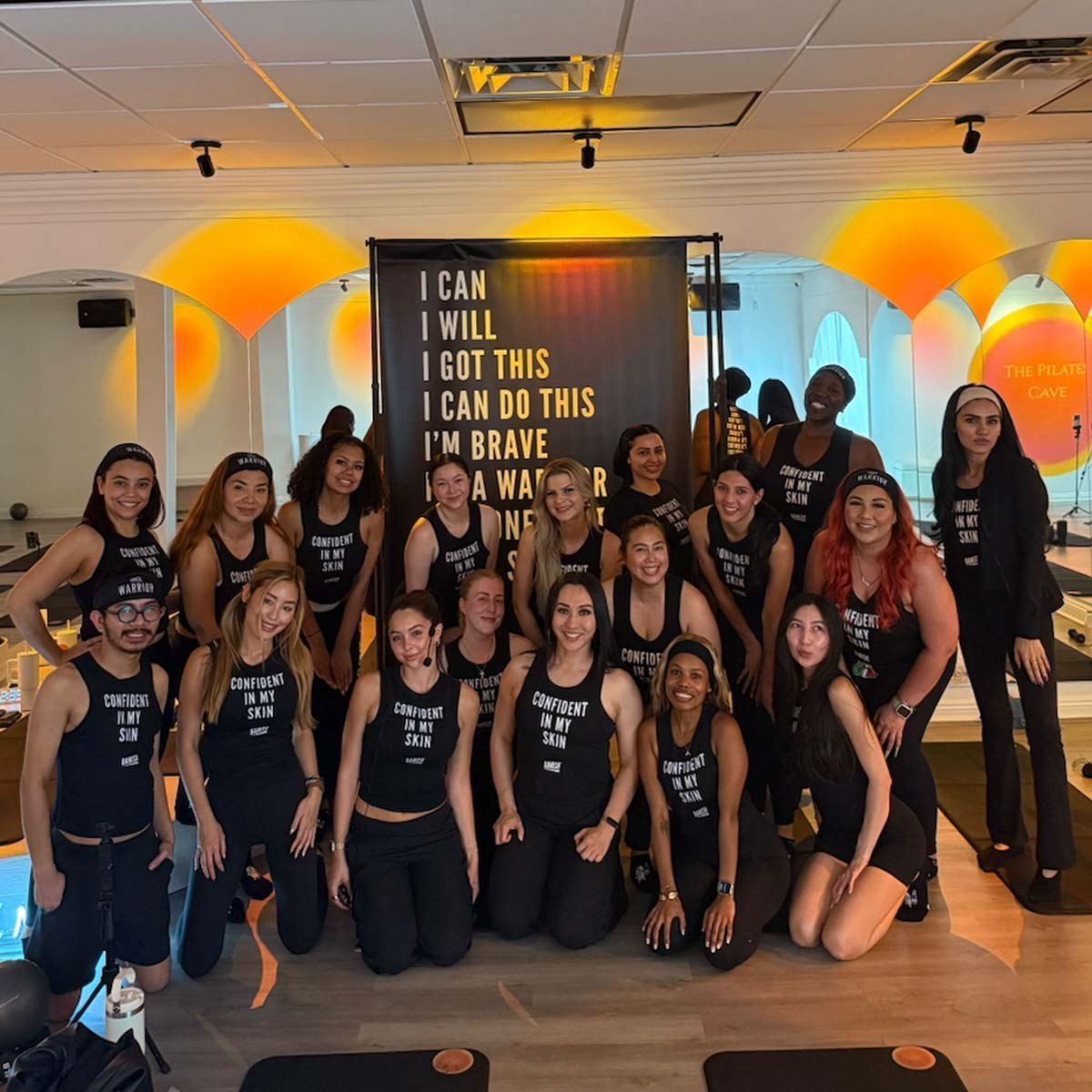



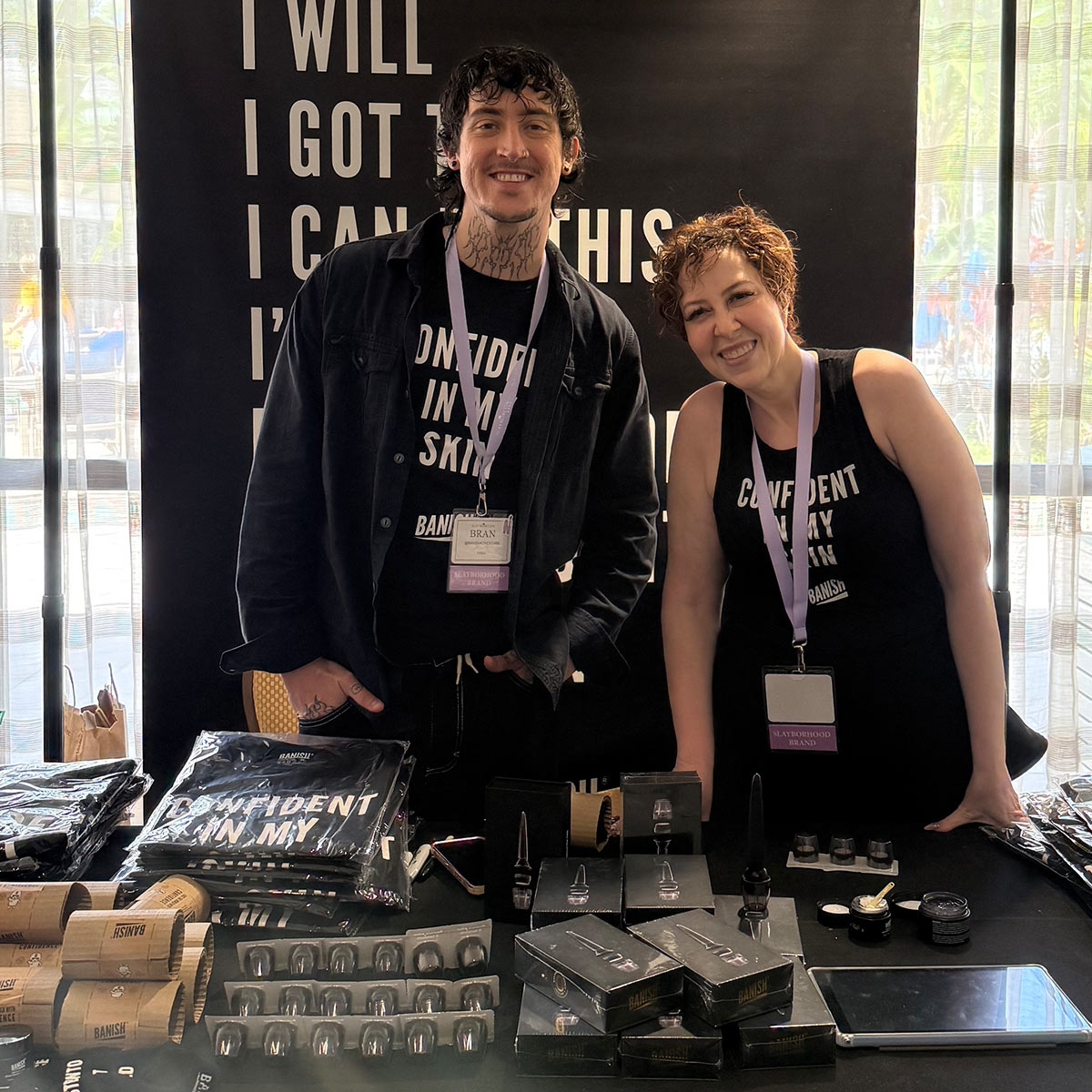



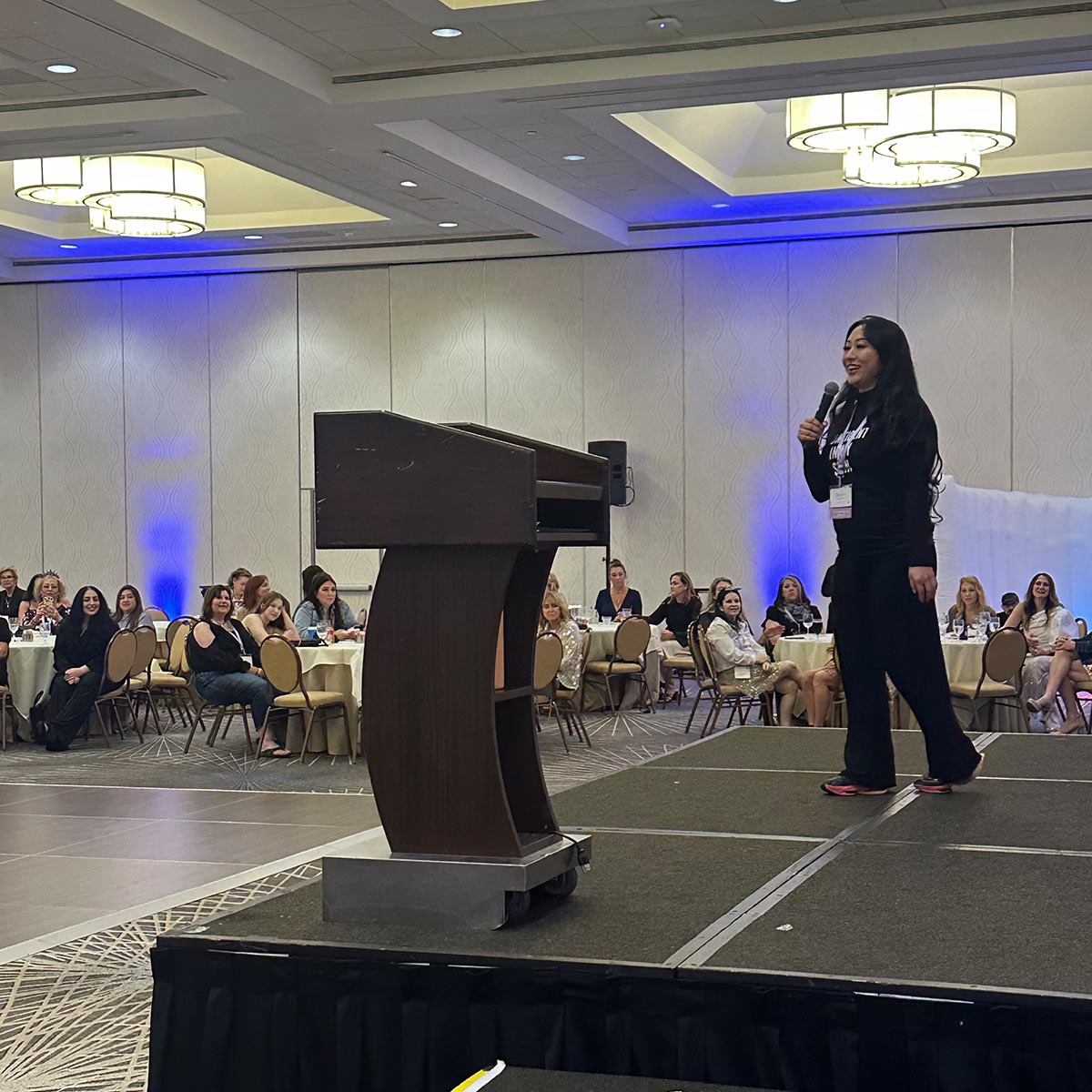
3 comments
John Navarro
Appreciate for your valuable content. It is helpful and gives the reader a useful information.
venukumari
Thanks for great information! we are looking forward for more updates. even thanks for specific content for updating our knowledge.
Jolly Potter
Extremely grateful for this guide on treating acne scar treatments. You can find similar services at Skinworks Clinic. Skinworks Clinic offers advanced facial, skin consultation, and expert-tailored treatment to help you reduce the appearance of scars, skin pigmentation, as well as sagging skin. Visit our website now for more details.
Leave a comment
All comments are moderated before being published.
This site is protected by hCaptcha and the hCaptcha Privacy Policy and Terms of Service apply.